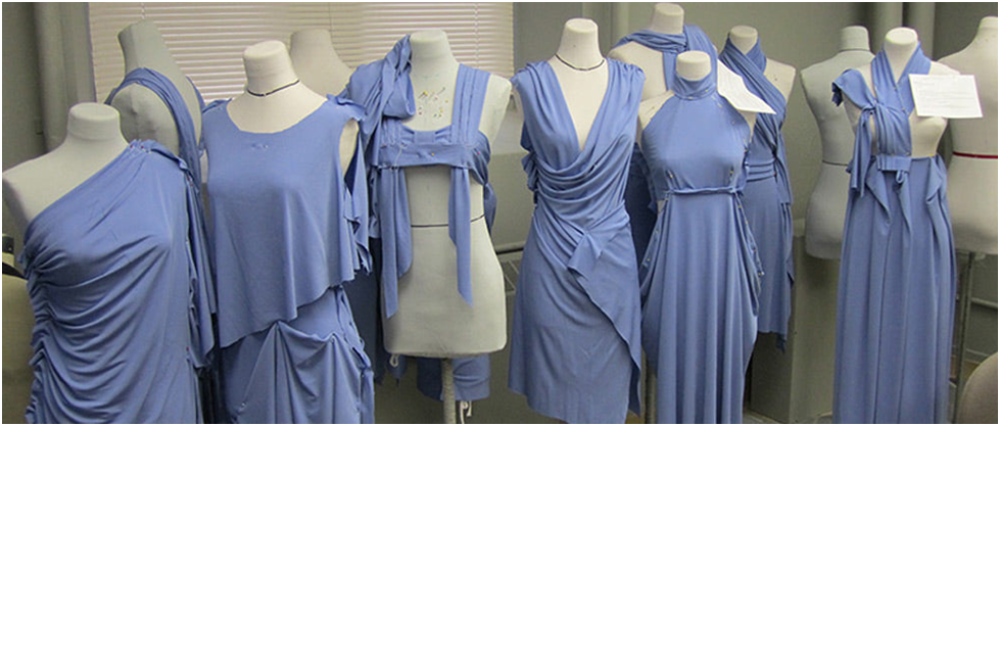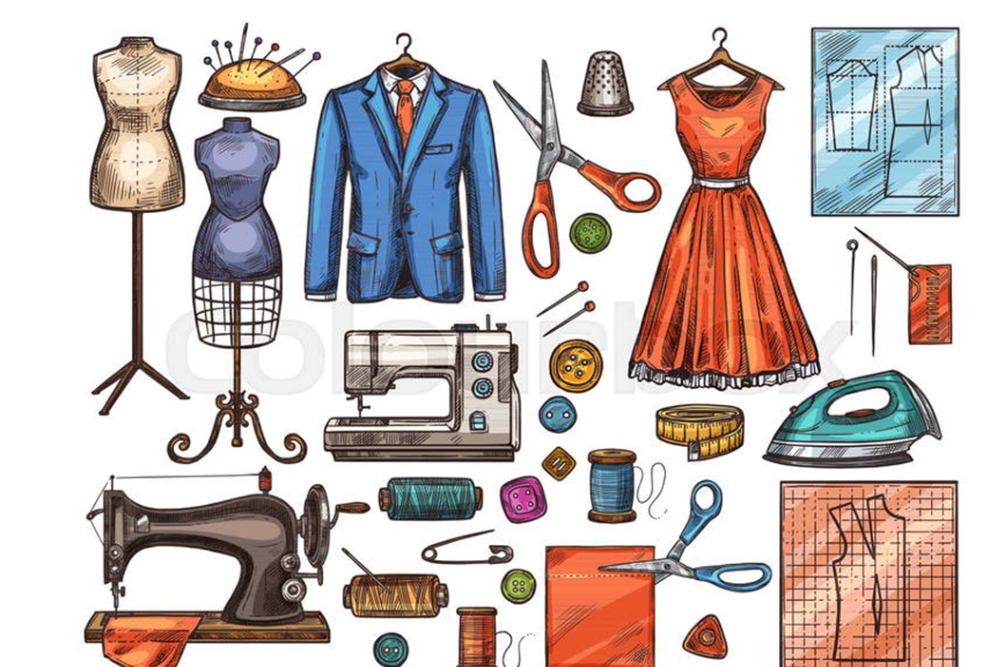Introduction
Draping is a pivotal technique in fashion design that involves arranging fabric on a dress form to create the structure and silhouette of a garment. This hands-on process allows designers to visualize and manipulate fabric in three dimensions, facilitating the development of unique and innovative designs. Unlike flat pattern making, which starts with two-dimensional sketches, draping begins with fabric and form, offering a more intuitive approach to garment creation.
Historical Context
The art of draping dates back to ancient civilizations. In Mesopotamia and Ancient Egypt, draped garments were a common form of dress. The Greeks and Romans further refined this technique, creating garments like the chiton, peplos, and toga, which were draped around the body and fastened with pins or brooches. In India, the saree, a continuous length of cloth draped elegantly around the body, has been a traditional garment for centuries. These historical examples highlight the enduring nature of draping as a method of garment construction.
The Draping Process
- Preparation: The designer selects an appropriate fabric, often muslin, due to its lightweight and malleable properties. The fabric is then prepared by washing and pressing to remove any impurities and wrinkles.
- Setting Up the Dress Form: A dress form, typically padded to match the designer’s measurements, is used to simulate the human body. The form is adjusted to the desired size and shape to ensure accurate draping.
- Draping the Fabric: The fabric is pinned onto the dress form, starting from key points such as the neckline, bust, waist, and hips. The designer manipulates the fabric, creating folds, pleats, and tucks to achieve the desired silhouette.
- Marking and Trimming: Once the desired design is achieved, the fabric is marked with tailor’s chalk or a fabric marker to indicate seam lines, darts, and other design elements. Excess fabric is then trimmed away, leaving the final design
- Creating the Pattern: The draped fabric is carefully removed from the dress form and laid flat. The markings are transferred onto pattern paper, creating a flat pattern that can be used for cutting the actual garment.
Types of Draping
- Structural Draping: This involves creating rigid shapes and forms, often used in haute couture to produce sculptural designs.
- Fluid Draping: This technique focuses on creating soft, flowing silhouettes, commonly seen in evening wear and bridal gowns.
- Bias Draping: Draping fabric on the bias (diagonal grain) allows for greater stretch and fluidity, resulting in garments that hug the body’s curves.
Importance of Draping
- Visualization: Draping allows designers to see how a garment will look and fit on the body, facilitating adjustments before finalizing the design.
- Creativity: The hands-on nature of draping encourages experimentation with fabric and form, leading to innovative designs.
- Understanding Fabric Behavior: Draping helps designers understand how different fabrics behave, aiding in the selection of appropriate materials for specific designs.
- Skill Development: Draping enhances a designer’s technical skills, including pattern making, fitting, and garment construction.
Applications of Draping
- Haute Couture: High-end fashion houses often use draping to create intricate and bespoke garments.
- Bridal Wear: Draping is commonly used in designing wedding gowns to achieve elegant and flattering silhouettes.
- Theatrical Costumes: Draping allows for the creation of costumes that are both functional and visually striking.
- Ready-to-Wear Collections: While less common, some ready-to-wear designers incorporate draping to add uniqueness to their collections.
Challenges in Draping
- Time-Consuming: Draping can be a lengthy process, requiring patience and precision.
- Fabric Waste: The trial-and-error nature of draping can lead to fabric waste, especially when working with expensive materials.
- Skill Requirement: Effective draping requires a high level of skill and experience to achieve the desired results.













